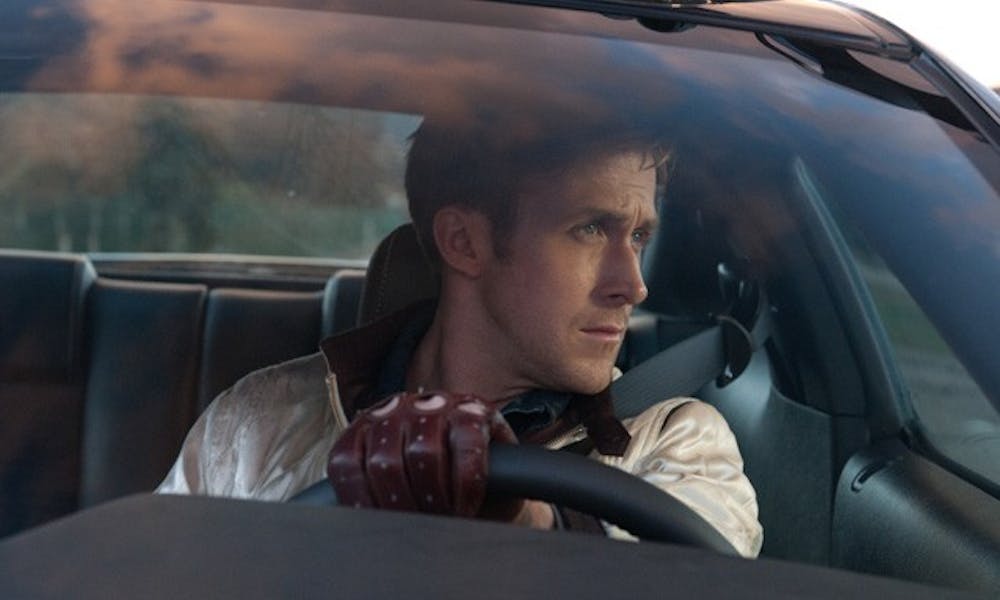Nicolas Winding Refn doesn’t want to be misunderstood.
Throughout Drive, his 2011 homage to everything from 1980’s LA noir to David Lynch’s Lost Highway, Refn subverts his standard moviegoer’s expectations: car chase scenes seem intentionally unimpressive, logical next steps go untaken and would-be femme fatales, well, aren’t. Because Drive, as Refn takes great pains to make clear, isn’t about any of those things.
The obvious question: if Drive is none of those things, then what is it?
It’s the rare film that shows rather than tells: most of Gosling’s relationship with supporting female actress Carey Mulligan, which more or less drives the entire film, is developed without the use of dialogue. Instead, Refn keeps the two inside Gosling’s car for much of the early portion of the film, situating his shots from the back, passenger and driver’s seats and employing a soundtrack of ’80s nostalgia to evoke emotion in his viewer. The effect is powerful: not only does Refn establish a believable connection between the two, but by keeping the camera inside the car for so long, he includes the viewer in the relationship, as well. We feel what Gosling feels when Mulligan finally takes his hand atop the stick shift. As a result, we genuinely care about Mulligan too, and understand the lengths to which he eventually goes to protect her.
Refn eliminates dialogue in other areas, too, and in general slows down a film which at first glance would be about fast cars and little else. The brutal violence, a holdover from earlier films like his Pusher trilogy, is more than just gore: accompanied by brooding, silent codas, they are moments of discomfort which again bring us into the room with Gosling. Refn brings us a crime film which is finally about a character, rather than the blood and money that he touches.
Again, Refn doesn’t want to be misunderstood. If, in the end, his viewers pay attention, he won’t be.
Get The Chronicle straight to your inbox
Signup for our weekly newsletter. Cancel at any time.

